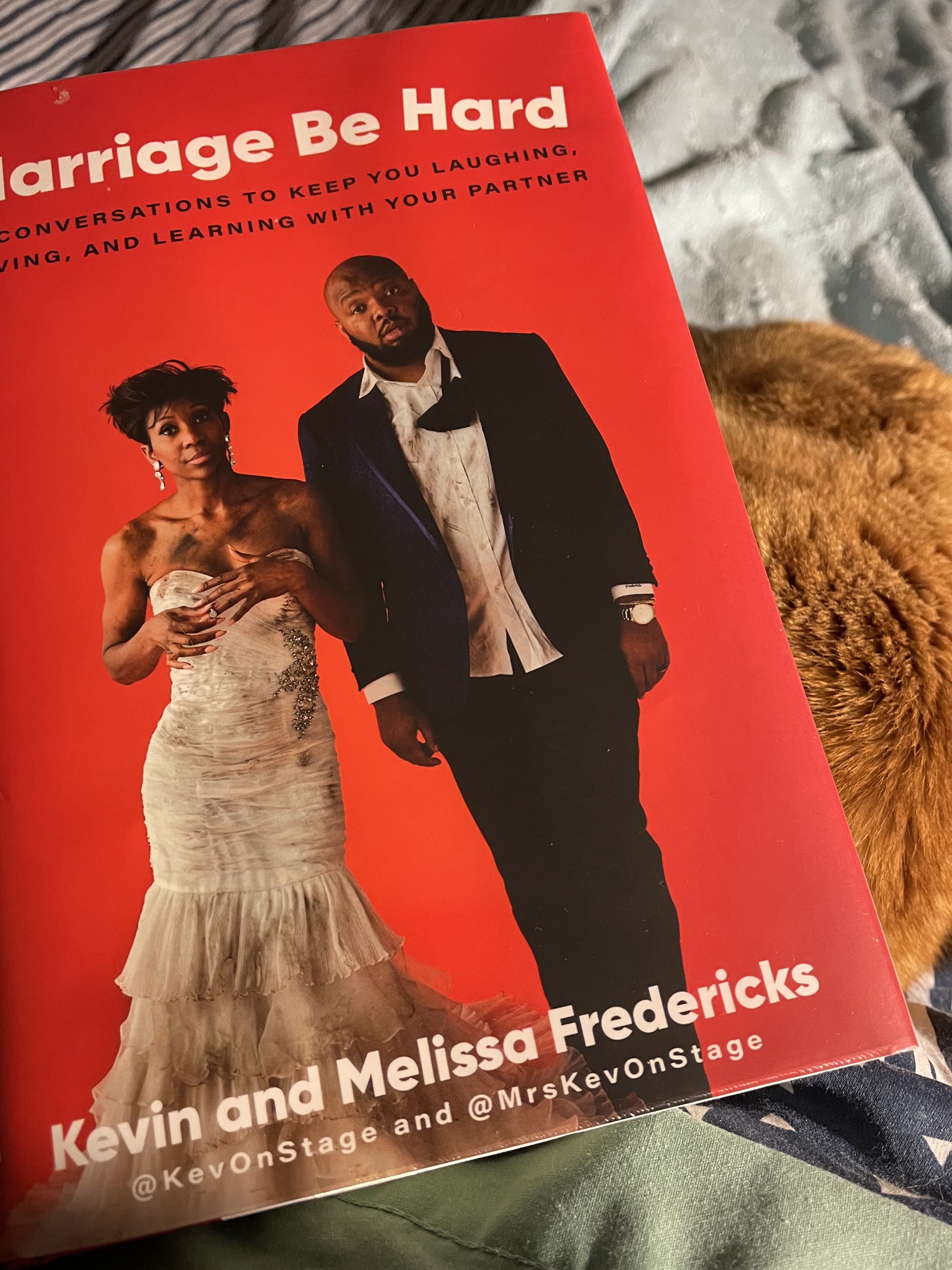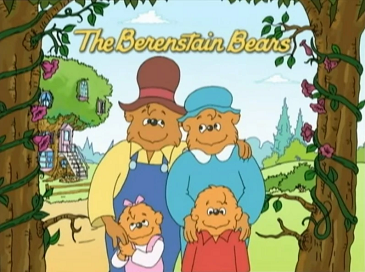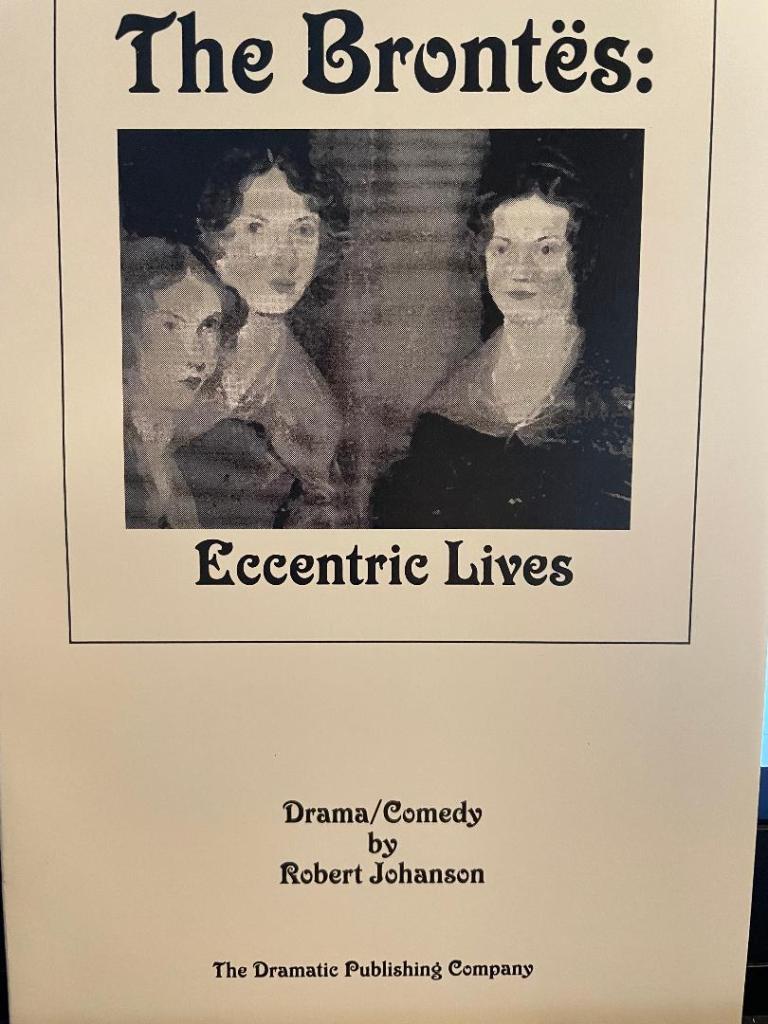I have been looking into more book review sites where I get to read a book for free in exchange for an honest review. On the Lola book tours site I saw this book and thought it would be a wonderful book for me to get back into the book review exchange. That week I received the ebook in my email and began reading this version of the classic.
I figured it would be a great time to reread Alcott’s masterpiece transposed into the underwater setting bringing the story into the low fantasy arena. Unfortunately, that’s where the story fell short. Whitehill often switched the land animals with the fish of the closest name, which doesn’t translate to make sense in the story. Take horses for example, the underwater equivalent is NOT seahorses though they share a name. First and most obvious is size. Seahorses range from one inch to one foot in size. If you have the largest seahorse at one foot long it is still not a powerful animal in comparison to a mermaid. No one is going to ride a seahorse. Now, I think they would be cute pets, and definitely interact with mermaids, but certainly not be work animals carrying any kind of load. And that was the same case of cats becoming catfish and parrots becoming parrotfish, neither of which makes sense for the land pets to be transformed underwater by picking real fish who don’t resemble them, only share a name.
Similarly the idea of mermaids experiencing all four seasons isn’t realistic for living in the ocean. Mermaids don’t wear winter coats, so let’s find a better way to explain a change in the season and landscape that is believable. Those are the bigger aspects which disrupt the story at large, while there are plenty of smaller moments that don’t seem thought through to develop the underwater aspects and inconsistencies. Some scenes simply won’t work underwater; specifically anything to do with hair. Hair plays an important role in the original story so it certainly needs to remain in the mermaid version, but you cannot keep the scenes the same. Most obviously is the curling iron burning hair off scene which is nothing but ludacris in the ocean. Every bit of that scene is nonsense underwater so why leave it in tact? Also the idea of Amy still having golden curls underwater is silly and inconsistent with the cover art of all the girls having the same salmon colored hair and same shaded tails when the book mentions differences in the tails and hair.

With all of these underwater inconsistencies I am sad to say I cannot recommend reading this version when you would be better served sticking to the original version. I did appreciate the opportunity to read and review this piece through Lola’s Blog Tours.












